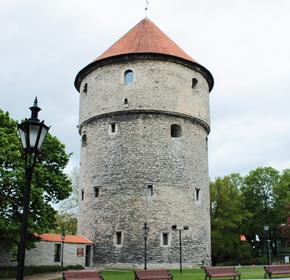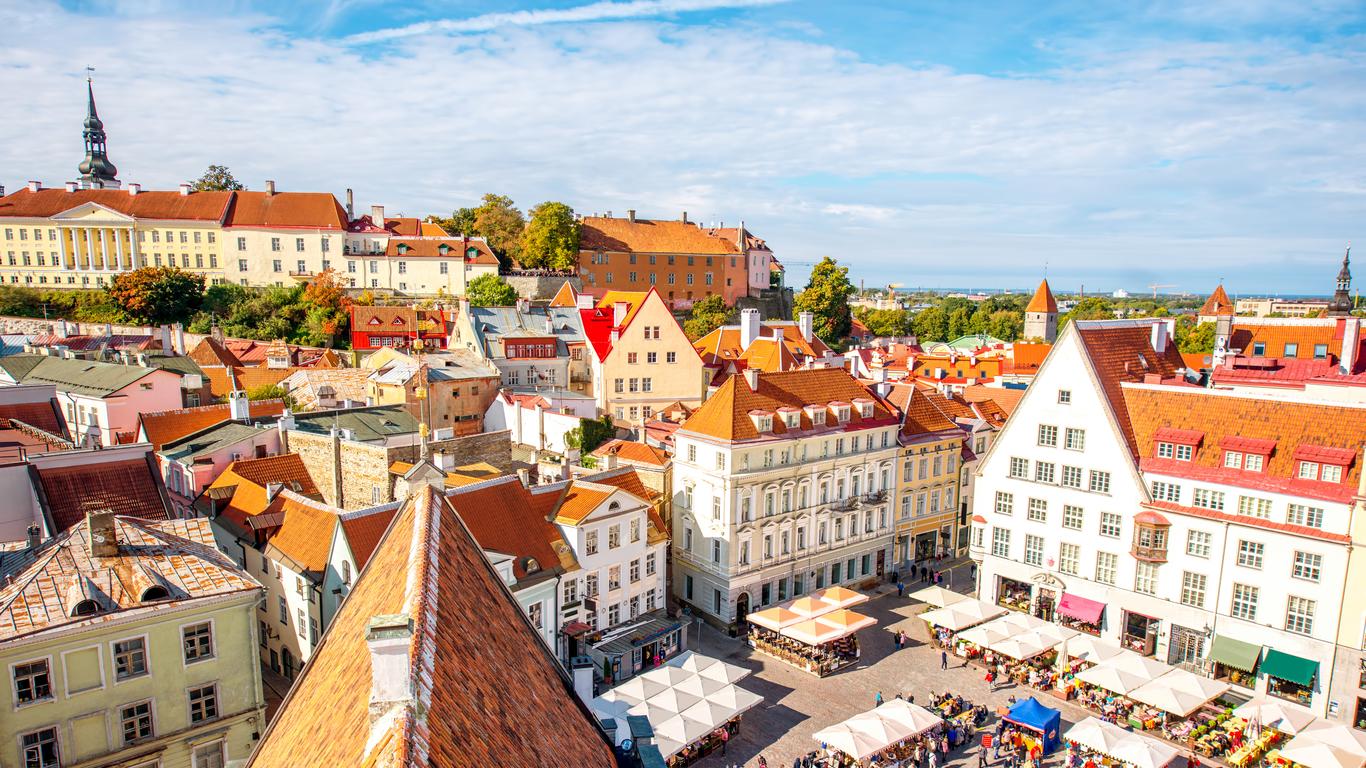
Tallinn travel guide
Tallinn Tourism | Tallinn Guide
You're Going to Love Tallinn
The Estonian capital of Tallinn offers a glimpse into Eastern European cultural traditions, foods and history. The country is relatively small, making it easy to travel between Tallinn and other cities in the region.
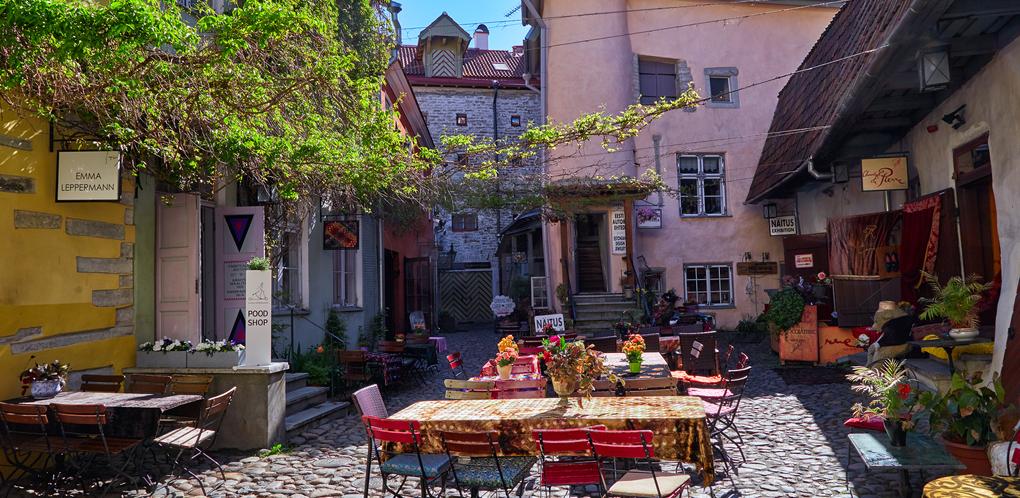
Top 5 Reasons to Visit Tallinn
1. Kadriorg Palace
The palace was built for Catherine I of Russia and now features foreign art exhibitions for guests. Adult entrance prices are 6.5 euros.
2. Alexander Nevsky Cathedral
This orthodox cathedral in Old Town was built entirely by public donations in the 19th century.
3. Tallinn Botanical Garden
These are the largest botanical gardens in Estonia and are located near to Kloostrimetsa forest in the Pirita district.
4. Estonian Open Air Museum
This reconstructed historical village has daily tours, where guides explain the daily routines and cultural practices of ancient Estonians.
5. Lahemaa National Park
Located 70km outside of the city, this Park offers many trails for hiking as well as lakes, bogs and sandy seashore terrains.
What to do in Tallinn
1. Kadriorg Park: An Eston-inishing Urban Park
In 1718, Russian Tsar Peter the Great decided that Tallinn would have one of the Empire's most beautiful palaces and parks, and the result was Kadrioru - modern day Tallinn's urban oasis. On one hand, the park is an artistic center, being home to KUMU, the Mikkeli Museum and the Kadrioru Art Museum. But on the other, it's a blissful place to relax, with perfectly manicured flower beds, swan ponds and what is now the Estonian Presidential Palace at the park's heart.
2. Kiek in de Kök: A Quirky Tower That Tells the Tale of Tallinn's History
With a name that means "Peep into the Kitchen", you might expect Kiek in de Kök to be a museum of domestic life or a high-end restaurant, but you'd be wrong. It's actually a medieval artillery tower with sturdy 4-meter-thick walls. The peeping referred to the ability of those stationed there to look into neighboring kitchens, a sign of how rarely the city was attacked. These days, people tend to peek into the tower, which holds a museum of the city as well as a shooting simulation, in keeping with the artillery theme.
3. KUMU Art Museum: An Outstanding Contemporary Art Space
Tallinn's premier art museum by a mile, KUMU is located in the idyllic grounds of Kadrioru Park and couldn't make a starker contrast with the 18th-century palace with its angular, postmodern exterior. Inside, the collection has seen the gallery crowned as European Museum of the Year and runs from Estonian art of the Baroque era, through to socialist realism of the 1920s and a vibrant selection of contemporary works created since the fall of Communism. As the curators say, "Art Lives Here!" - and it's a treat for all culture vultures.
4. Toompea Castle: A Fortress of Democracy
Tallinn has been around since the 13th century, so it's no surprise to find that the city is capped by an impressive fortress. When you see its commanding setting, you also won't be surprised to learn that Toompea Loss serves as Estonia's parliament, and you can watch politicians debate the issues of the day from the public gallery. However, castle tours are a must and allow visitors to explore the 1920s Riigikogu (parliament) and the fortress grounds, including the Renaissance State Hall and the Governor's Garden.
5. Eesti Vabaõhumuuseum: An Amazing Tribute to Estonian Traditions
Probably more palatable to outsiders by its English name, the Estonian Open Air Museum is a historical gem. Located about five miles west of central Tallinn, the museum features reconstructions of traditional Estonian farms, farm animals that kids can pet, on-site bakers creating irresistible snacks and even a gourmet restaurant serving up national delicacies in the evening. It's the kind of place where you can see artisan blacksmiths plying their trade, watch folk dances, and pick up local handicrafts to give to the folks back home.
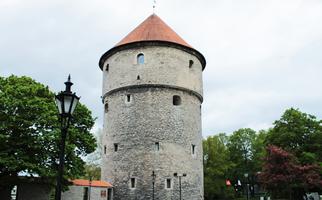
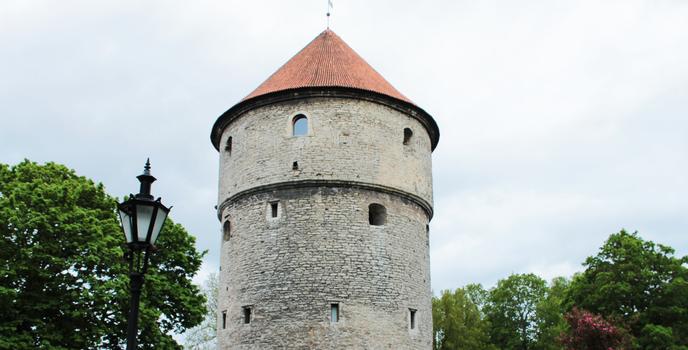
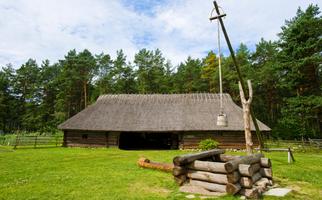
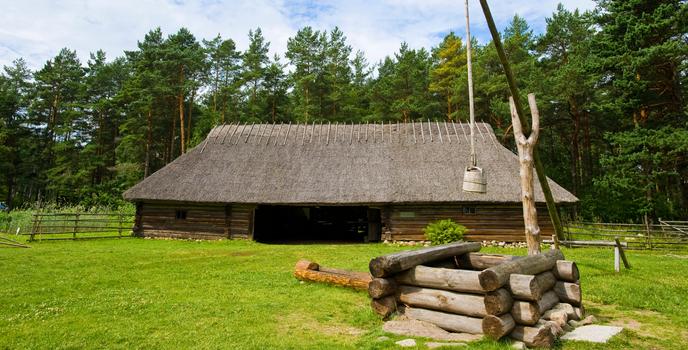
1. Kadriorg Park: An Eston-inishing Urban Park
In 1718, Russian Tsar Peter the Great decided that Tallinn would have one of the Empire's most beautiful palaces and parks, and the result was Kadrioru - modern day Tallinn's urban oasis. On one hand, the park is an artistic center, being home to KUMU, the Mikkeli Museum and the Kadrioru Art Museum. But on the other, it's a blissful place to relax, with perfectly manicured flower beds, swan ponds and what is now the Estonian Presidential Palace at the park's heart.
2. Kiek in de Kök: A Quirky Tower That Tells the Tale of Tallinn's History
With a name that means "Peep into the Kitchen", you might expect Kiek in de Kök to be a museum of domestic life or a high-end restaurant, but you'd be wrong. It's actually a medieval artillery tower with sturdy 4-meter-thick walls. The peeping referred to the ability of those stationed there to look into neighboring kitchens, a sign of how rarely the city was attacked. These days, people tend to peek into the tower, which holds a museum of the city as well as a shooting simulation, in keeping with the artillery theme.
3. KUMU Art Museum: An Outstanding Contemporary Art Space
Tallinn's premier art museum by a mile, KUMU is located in the idyllic grounds of Kadrioru Park and couldn't make a starker contrast with the 18th-century palace with its angular, postmodern exterior. Inside, the collection has seen the gallery crowned as European Museum of the Year and runs from Estonian art of the Baroque era, through to socialist realism of the 1920s and a vibrant selection of contemporary works created since the fall of Communism. As the curators say, "Art Lives Here!" - and it's a treat for all culture vultures.
4. Toompea Castle: A Fortress of Democracy
Tallinn has been around since the 13th century, so it's no surprise to find that the city is capped by an impressive fortress. When you see its commanding setting, you also won't be surprised to learn that Toompea Loss serves as Estonia's parliament, and you can watch politicians debate the issues of the day from the public gallery. However, castle tours are a must and allow visitors to explore the 1920s Riigikogu (parliament) and the fortress grounds, including the Renaissance State Hall and the Governor's Garden.
5. Eesti Vabaõhumuuseum: An Amazing Tribute to Estonian Traditions
Probably more palatable to outsiders by its English name, the Estonian Open Air Museum is a historical gem. Located about five miles west of central Tallinn, the museum features reconstructions of traditional Estonian farms, farm animals that kids can pet, on-site bakers creating irresistible snacks and even a gourmet restaurant serving up national delicacies in the evening. It's the kind of place where you can see artisan blacksmiths plying their trade, watch folk dances, and pick up local handicrafts to give to the folks back home.




Where to Eat in Tallinn
III Draakon is a nice medieval-themed tavern in the Old Town serving Eastern European cuisine. Pastry prices are modest at 1-3 euros.
When to visit Tallinn
August and September are the best months to visit due to the warm weather, cultural festivals and long daylight hours.
How to Get to Tallinn
Plane
Lennart Meri Tallinn International Airport is located 5km outside of the city center. RyanAir and EasyJet have flights from London to Tallinn for around 60 euros one way.
Train
The Railway Station (Balti jaam) is right in the center of Old Town, with daily international trains to destinations such as Latvia, Russia and Poland.
Car
Motorways T1-4 will take you from the capital to other notable Estonian cities of Tartu, Parnu and Narva.
Bus
EcoLines and LuxExpress have routes from other Eastern European cities for around 15 euros one way.
Airlines serving Tallinn
Where to stay in Tallinn
Old Town – The center of the city is one of the best preserved medieval towns with the highest concentration of hotels, restaurants and bars.
Popular Neighborhoods in Tallinn
Pirita – This seaside area has lots of luxury houses and is considered one of the more wealthier neighborhoods.
Kalamaja – Here in the old fishing quarter you can find lots of local favorite bars and restaurants.
Where to stay in popular areas of Tallinn
Most booked hotels in Tallinn
How to Get Around Tallinn
Public Transportation
There are many buses and trams in the capital. A single ride ticket can be bought for 2 euros from the driver, while a reloadable SmartCard can be bought at the R-Kiosk station.
Taxi
Taxi prices start at 2.5 euros and will cost around 6 euros per trip.
Car
Daily rental vehicle prices start at 50 euros a day and can be picked up at Tallinn Airport or in dowtown.
The Cost of Living in Tallinn
Shopping Streets
Viru Centre in Old Town sells souveniers for tourists and has lots of cafes and restaurants. Telliskivi Shopping Street sells more crafts and independent designs from local Estonian culture.
Groceries and Other
Solaris and ABC Supermarkets are the main food shopping stores in Tallinn. A dozen eggs costs 1.2 euros.
